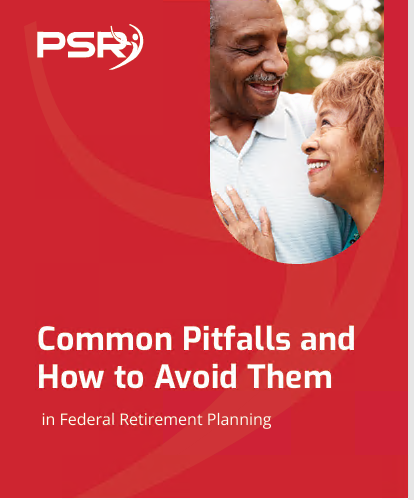The Benefits of a Phased Retirement Plan
The phased retirement program isn’t widely employed in the federal government, but it does exist. When it is used, it is almost always because an employee requested it and made a case for it to the agency management. To decide whether or not to make that effort, you’d need to know how valuable it is to you.
People who are entitled to retire under any combinations other than age 62 with five years of service or who are subject to mandatory retirement, can reduce their work hours to half-time while still receiving half of the annuity point they’ve accumulated up until that point. That’s without the offset that rehired annuitants usually get.
So What Are The Benefits?
Phased retirement can help you get the most out of your retirement funds. It can help relieve some of the weight of your nest egg by allowing for a gradual decline in earning income, depending on how long you prolong your phased retirement.
It also positively affects your mental health. Having a steady source of outside money can help alleviate some of the mental tension or stress that comes with such a major life adjustment.
But There Are Some Downsides.
Your benefits from Social Security could be cut.
Implementing a phased retirement approach could result in an inadvertent reduction in your Social Security benefits.
“Everyone eligible for Social Security has a full retirement age (FRA) that is determined by their date of birth. If Social Security benefits are chosen to begin before full retirement age while income is still being made, Social Security payments may be lowered.
The loss in benefits for those who file before reaching full retirement age can be significant, as much as $1 for every $2 earned beyond the Social Security earnings limit.
What Sort Of Argument Would You Have To Present?
Essentially, rather than losing you to early retirement, the agency would gain from retaining you on a part-time basis as an experienced employee for some time, during which you could offer value by teaching other staff. Meanwhile, keeping your hands in work that you presumably believe is essential while gradually easing into retirement rather than leaping into it.
Just keep in mind that if you owe outstanding deposits or redeposits to gain service credit, including those for active-duty military service, you’ll have to pay them off before the phased retirement period begins.
Note: If you don’t make the deposit and die while still in phased retirement, your survivors may be able to make a deposit or redeposit to claim the period as a survivor benefit.
Your enrollment in the Federal Employees Health Benefits (FEHB) and Federal Employees’ Group Life Insurance (FEGLI) programs will remain with your agency while you are on phased retirement. You will be able to continue paying the FEHB premiums pre-tax, which is only available to employees, not retirees. Your FEGLI coverage will be determined by your full-time pay.
When you retire from your phased retirement term, you will get the full annuity that was originally computed, as well as a second benefit based on the time you worked as a phased-retiree and credit for unutilized sick leave at that time. The full-time rates of the position will be utilized as the high-3 wage base for that additional benefit.
Your FEGLI and FEHB enrollments will also move from your agency to OPM at that time, just like they do on a regular retirement. That is, if you have fulfilled the participation conditions. In most cases, this means that you must’ve been continually registered for five years before retiring.
Contact Information:
Email: [email protected]
Phone: 4693581913
Bio:
I advocate for federal employees making the best benefit and retirement decisions for their unique situations.
After a 25 year career in personal banking I saw a need for financial education and retirement planning for those approaching retirement.
In recent years I have focused primarily on federal employee from both the CSRS & FERS systems. These federal employee face challenges in getting the information they need to make the best decisions for creating a successful retirement plan. I assist these individuals in navigating the retirement process.












